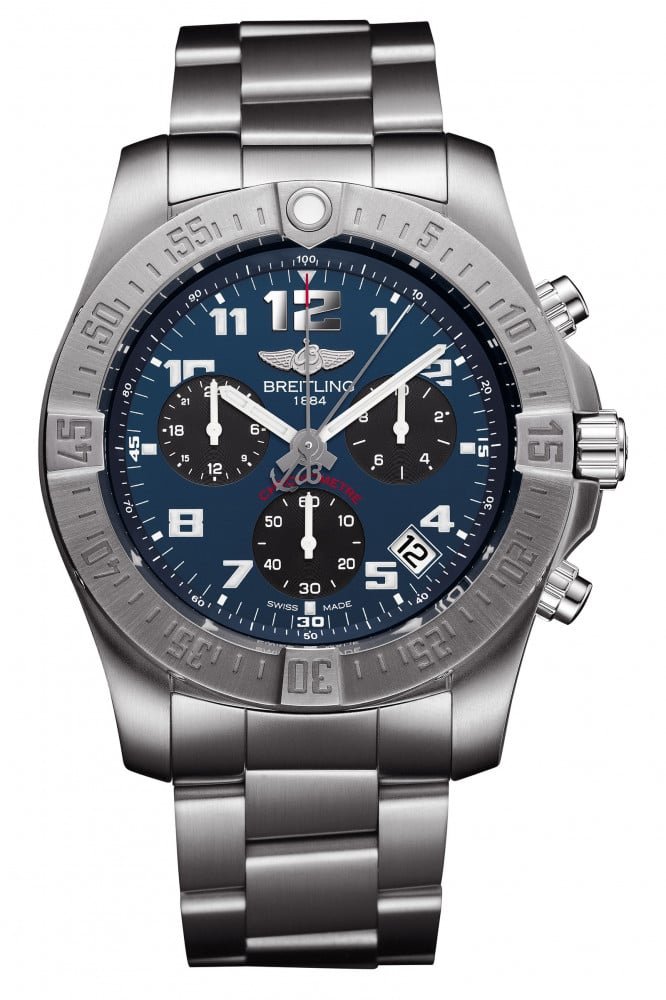When I first read about chronographs many years ago, I came away with the impression that the classic chronograph had 3 sub dials measuring seconds, minutes, and hours, up to 24 hours.
Obviously there are many variations, with plenty of chronographs having sub dials for sub-seconds, seconds and minutes, only able to measure up to 1 hour total, or 30 minutes.
What seems very strange to me is that there seem to be NO chronographs available of the first type.
I've certainly spent many, many hours looking online for a chronograph [usually in the sub £500 range] that can measure up to 24 hours.
Now there are certainly lots that appear to be 24 hr, but, on closer inspection, the 3rd subdial does nothing more than state the current time in 24 hour format i.e. if the time on the main watch hands is 7.30 pm, the sub dial will say 19.30.
I've never found anything in the watch descriptions that actually state that distinction, but I can tell only because listed watches tend to be photographed with the hands set to either 10 to 2, or 10 past 10, and looking at the 3rd sub dial it always is in the 24 hour position of one of those.
My first question is why?? As someone with memory issues I make extensive use of stopwatch/countdown timer functions and find it frustrating that I can't find a chronograph that can measure up to 12 or 24 hours.
My second question is, does anyone know of a [preferably sub £500] chronograph that has 3 sub dials that can measure up to 24 hours?
Finally, presumably there is a official term for the kind of 24 hr chronograph I'm talking about- what is it? It would be very useful when trying to google search for such a watch.
[please note, I am fully aware that most dirt cheap quartz digitals have 24 hr stopwatches- I own a large number of casios, G-shocks etc, etc. I prefer the look and history of analogue watches, and currently when wearing an analogue watch on the left I also have a casio w202 on the right to take care of timing functions- it would be nice to get a proper 24hr analogue chronograph so I could get by with just one watch on my wrist]
Obviously there are many variations, with plenty of chronographs having sub dials for sub-seconds, seconds and minutes, only able to measure up to 1 hour total, or 30 minutes.
What seems very strange to me is that there seem to be NO chronographs available of the first type.
I've certainly spent many, many hours looking online for a chronograph [usually in the sub £500 range] that can measure up to 24 hours.
Now there are certainly lots that appear to be 24 hr, but, on closer inspection, the 3rd subdial does nothing more than state the current time in 24 hour format i.e. if the time on the main watch hands is 7.30 pm, the sub dial will say 19.30.
I've never found anything in the watch descriptions that actually state that distinction, but I can tell only because listed watches tend to be photographed with the hands set to either 10 to 2, or 10 past 10, and looking at the 3rd sub dial it always is in the 24 hour position of one of those.
My first question is why?? As someone with memory issues I make extensive use of stopwatch/countdown timer functions and find it frustrating that I can't find a chronograph that can measure up to 12 or 24 hours.
My second question is, does anyone know of a [preferably sub £500] chronograph that has 3 sub dials that can measure up to 24 hours?
Finally, presumably there is a official term for the kind of 24 hr chronograph I'm talking about- what is it? It would be very useful when trying to google search for such a watch.
[please note, I am fully aware that most dirt cheap quartz digitals have 24 hr stopwatches- I own a large number of casios, G-shocks etc, etc. I prefer the look and history of analogue watches, and currently when wearing an analogue watch on the left I also have a casio w202 on the right to take care of timing functions- it would be nice to get a proper 24hr analogue chronograph so I could get by with just one watch on my wrist]






